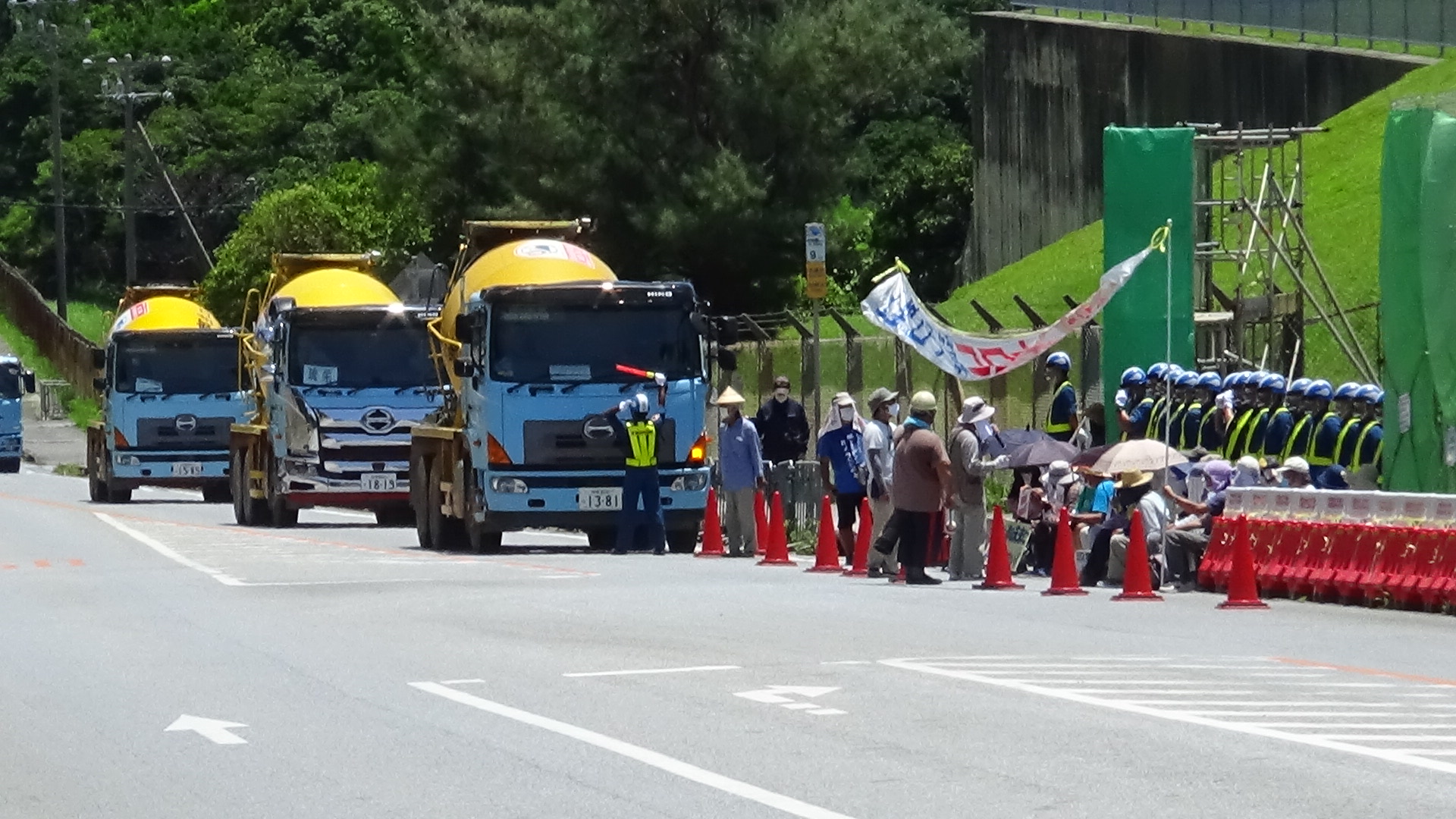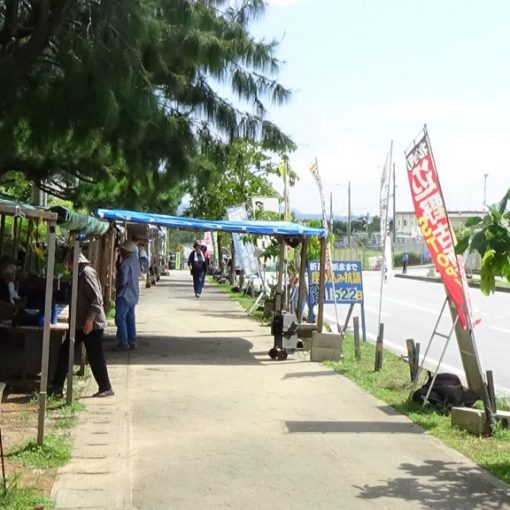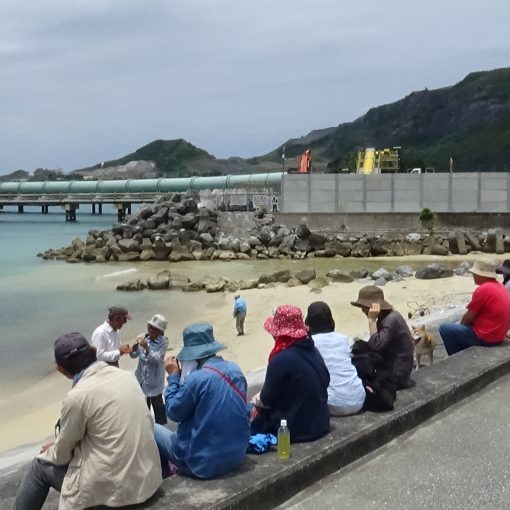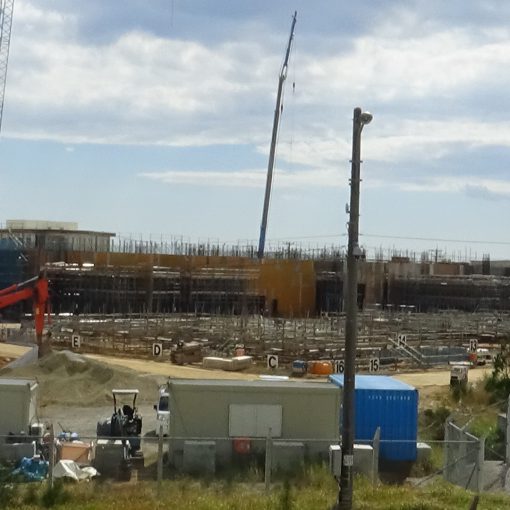The severe outbreak of the Coronavirus pandemic among the U.S. military personnel increases anxiety among the Japanese employees and the residents in the neighborhood of the bases. While Governor Tamaki demanded the number of infected cases to be disclosed, contact-tracing and PCR testing data have remained unreported. Now that the number of infected cases within the bases is already more than one hundred, we are concerned if the number of infections will further rise. Since it is the transfer time for the U.S. military personnel, Okinawans are especially worried about two matters. No PCR test is required for military personnel to move from the highly contaminated U.S. to Okinawa. The newcomers are temporarily staying outside the bases in a Hotel in Chatan Town.
Korea also reported the covid-19 infection in the U.S. military personnel; however, the information on those infected is posted on the internet. Koreans keep on disclosing the covid-19 related data even after the U.S. Department of Defense announced a non-disclosure policy. All covid-19 positive cases are posted on the internet, informing where the case is quarantined. The Korean way of handling the situation is quite different from that of the Japanese government, which, I am afraid, readily takes orders from the U.S. military.

(In front of the Camp Schwab Gate)
In the torrid heat, around 30 people participated in the sit-in protest and shouted, “don’t destroy the beautiful ocean!” and “save the corals and the sea!”
We demanded the Teikoku Security Co. that their guard men do not wear a camera on their chest because taking pictures without one’s consent is a violation of human rights. However, there has been no reply from the Teikoku Security Co. headquarter. Mr. Kazuo Senaga, a person in charge of the day’s protest rally, pointed out that, “It is a violation of human rights. No need for the cameras. The cameras put us under unnecessary surveillance and are provocative.”
The landfill earth and sand of 213 truckloads were delivered.


(On the sea in the Oura Bay)
Two boats and four canoes went out on the ocean. They got near the seawall K9 where the earth and sand were being unloaded and raised their voices in protest. Unfortunately, the Japan Coast Guard brought them back to the shore because they crossed over the float and entered the restricted area. Also, in the afternoon, they were captured. We saw some turtles swimming in the area around the seawall K8. A female captain of the boat stated that “this is a sign of the healthy sea. It is no good to build a new base.”
(Ryukyu Cement Awa Pier)
Although a small number, the protestors rallied against the delivery trucks both at the entrance and the exit of the pier. Six vehicles of GoGo Drive hindered the movements of the trucks on the highway.
The landfill soil of 595 truckloads was loaded onto four cargo ships.


(Motobu Shiokawa Pier)
Facing 80 civilian security guards, ten police officers, and five staff members of the Defense Bureau, 15 protestors rallied. They strolled very slowly to hinder the dump trucks’ movement.
Two cargo ships were simultaneously loaded, but it did not make that much of a difference. The landfill earth and sand of 493 truckloads were loaded to cargo ships.

Number of dump trucks to date and percentage against the total
The estimation calculated on the basis of the number of ruckloads serves only as a reference.
Number of dump trucks which made delivery from December 2018 to the end of December 2019 114,601(1.39%)
| 18(Sat) | 20(Mon) | 21(Tue) | 22(Wed) | 23(Thr) | 24(Fri) | |
| Awa | 508 | 595 | ||||
| Shiokawa | 0 | 493 |
| Number of dump trucks ※ |
Weightt of earth/sand
※① |
Converted to volume
※② |
Volume per Total
※③ |
| 209,225 | 1,046,125t | 523,063㎥ | 2.589% |
※ Cumulative since Dec. 1, 2019
※① Calculated by assuming that the average truckload per dump truck would be 5 tons
※② Calculated by assuming that a specific weight of soil/sand set to be 2
※③ Percentage against 20.200.000m3, the total volume of earth and sand required for the landfill.





